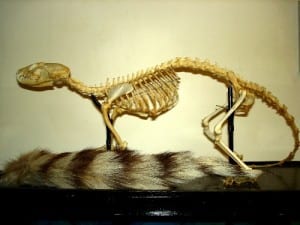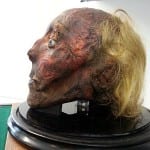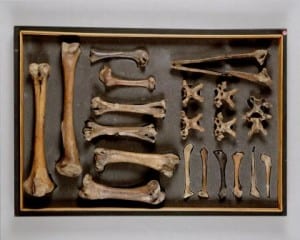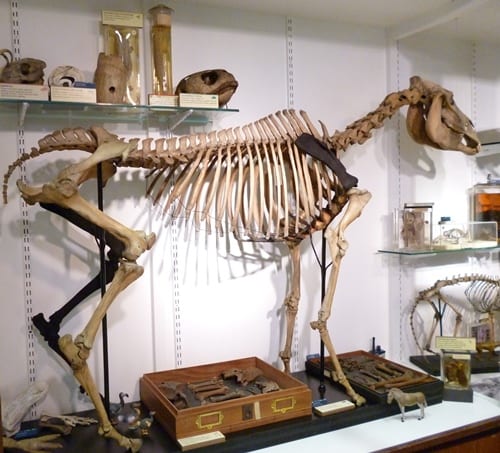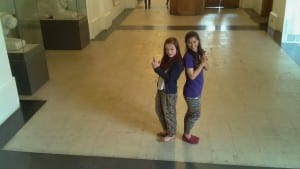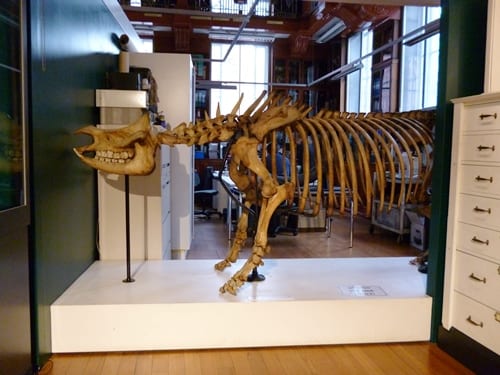Glass Delusions opens today
By Jack Ashby, on 1 October 2015

A photogram created by exposing photo-sensitive paper with the Grant Museum’s glass sponge specimens sat directly on it. (C) Eleanor Morgan
Glass Delusions is a new exhibition at the Grant Museum featuring works by the Museum’s Artist in Residence, Eleanor Morgan. Using prints, drawings, videos and objects Eleanor explores the slippery boundary between living and non-living materials.
Over the past year, Eleanor has been drawing inspiration from our collection of glass sponges. These are intricately formed deep-sea animals that naturally build themselves out of glass – the are 90% silica, which they draw out of the sand in their environment.
 Close
Close


